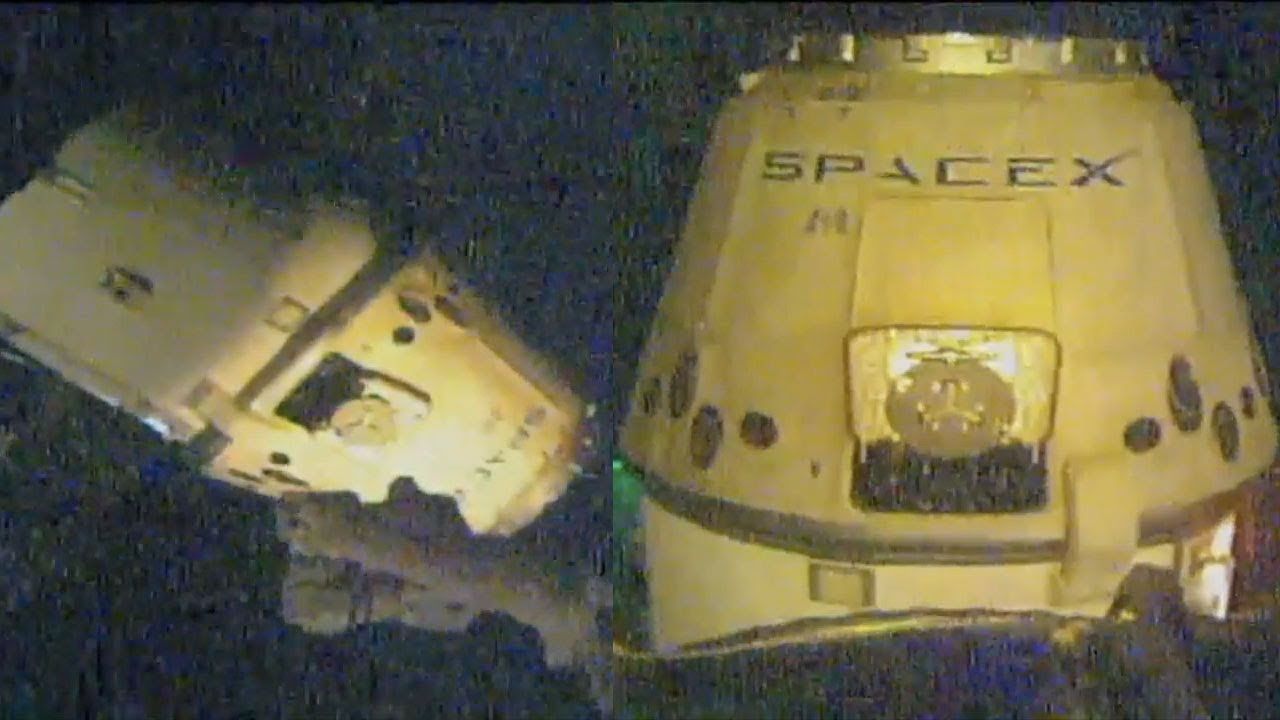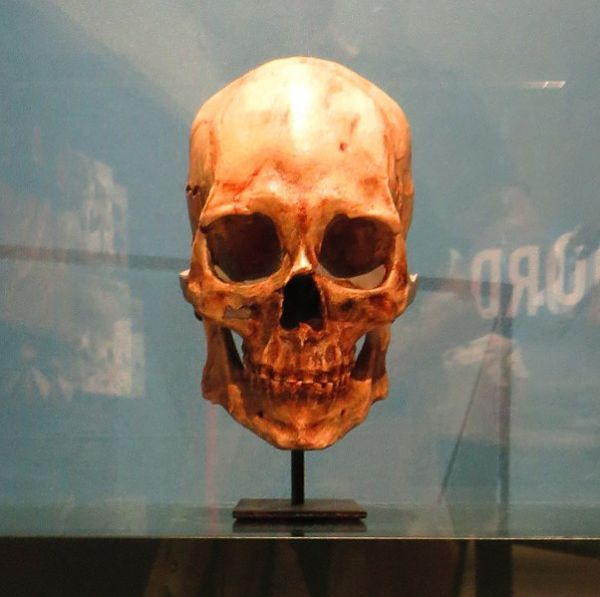Page 10181
May 6, 2018
Yale experiment to reanimate dead brains promises ‘living hell’ for humans
Posted by Genevieve Klien in categories: biotech/medical, ethics, neuroscience
A scientific experiment to reanimate dead brains could lead to humans enduring a ‘fate worse than death,’ an ethics lecturer has warned.
Last month Yale University announced it had successfully resurrected the brains of more than 100 slaughtered pigs and found that the cells were still healthy.
The reanimated brains were kept alive for up to 36 hours and scientists said the process, which should also work in primates, offered a new way to study intact organs in the lab.
Continue reading “Yale experiment to reanimate dead brains promises ‘living hell’ for humans” »
May 6, 2018
A facial recognition program used by British police yielded thousands of false positives
Posted by Genevieve Klien in category: robotics/AI
May 6, 2018
Interactive: The making of a microchip
Posted by Genevieve Klien in categories: computing, mobile phones
How did your smartphone end up in your hands? The microchips that help power our smartphones and computers start out as sand. Explore how microchips come to live in our phones, with the help of IoT technologies.
May 6, 2018
An engineer modded a drone to rescue this puppy
Posted by Genevieve Klien in categories: drones, health, robotics/AI

This is so cute!
In today’s adorable-and-I’m-not-crying-you’re-crying news, NDTL reports that an engineer in New Delhi named Milind Raj saved a puppy using a drone he equipped with a giant claw.
Continue reading “An engineer modded a drone to rescue this puppy” »
May 6, 2018
Email This Post to a Friend “Six of the Oldest Human Remains Found in the U.S.”
Posted by Genevieve Klien in category: biotech/medical
Archaeological discoveries of ancient humans keep pushing our knowledge about our species further back in time. The Americas haven’t been populated by people as long as other parts of the world, but exactly how long they’ve been here and how they got here are open subjects we still have a lot to learn about. Occasionally, a skeleton or a skull is found that dates back to the beginnings of their settlement. Real Clear Science give us a list of some of the biggest such discoveries.
Kennewick Man, perhaps the best known and most controversial ancient human remains in the United States, was found jutting from a patch of eroded dirt along the Columbia River near Kennewick Washington just 22 years ago. In life, roughly 9,000 years in the past, he spent much of his time moving around by water, hunting and eating marine animals and drinking glacial meltwater. In death, his remains were constantly the focus of lawsuits between indigenous peoples who sought to bury the remains and archaeologists who sought to learn from them. After DNA tests confirmed that Kennewick Man was closely related to modern day Native Americans, his remains were returned and reburied at an undisclosed location.
Read the stories of five other people who lived in thousands of years ago in what is now the United States at Real Clear Science.
Continue reading “Email This Post to a Friend ‘Six of the Oldest Human Remains Found in the U.S.’” »
May 6, 2018
SpaceX Dragon Capsule Returns To Earth With 2 Tons Of Science Gear
Posted by Genevieve Klien in categories: robotics/AI, science, space travel

The Dragon cargo ship made it back home on the same day NASA launched the InShight Mars lander, after its return to Earth was delayed for three days.
After a month of preparation, SpaceX’s unmanned Dragon capsule has finally returned to Earth on May 5, safely delivering its precious cargo, Space.com reports.
Continue reading “SpaceX Dragon Capsule Returns To Earth With 2 Tons Of Science Gear” »
May 6, 2018
Hawaii’s Kilauea volcano is squirting lava and toxic gas through new cracks in the Earth
Posted by Genevieve Klien in category: futurism
The Big Island’s most active volcano is forcing thousands to flee, though officials say only a small area is affected.
May 6, 2018
NASA Satellites Track Harmful Sulfur Dioxide From The Mt. Kilauea Eruption
Posted by Genevieve Klien in category: satellites
May 6, 2018
R and Python are joining forces, in the crossover event of the year
Posted by Genevieve Klien in category: innovation
Hadley Wickham is the most important developer for the programming language R. Wes McKinney is among the most important developers for programming language Python. The two languages, which are free to use, are often seen as competitors in the world of data science. Wickham and McKinney don’t think the rivalry is necessary. In fact, they think that by working together, they can make each other’s languages more useful for their millions of users.
Last month, McKinney announced the founding of Ursa Labs, an innovation group intended to improve data-science tools. McKinney will partner with RStudio—Wickham’s employer, which maintains the most popular user interface for R—on the project. The main goals of Ursa Labs are to make it easier for data scientists working in different programming languages to collaborate, and avoid redundant work by developers across languages. In addition to improving R and Python, the group hopes its work will also improve the user experience in other open-source programming languages like Java and Julia.
R and Python are essential tools for data scientists working at tech platforms like Google and Facebook, researchers, academic researchers, and data journalists (Quartz is a big user of both). A common problem for coders is that it’s hard to collaborate with colleagues who use one of the other languages. Ursa Labs will try to make sharing data and code with someone using another data science language easier, by creating new standards that work in all of them. Developers call this an improvement to “interoperability.” Wickham and McKinney have already worked together to create a file format that can used in both Python and R.
Continue reading “R and Python are joining forces, in the crossover event of the year” »















